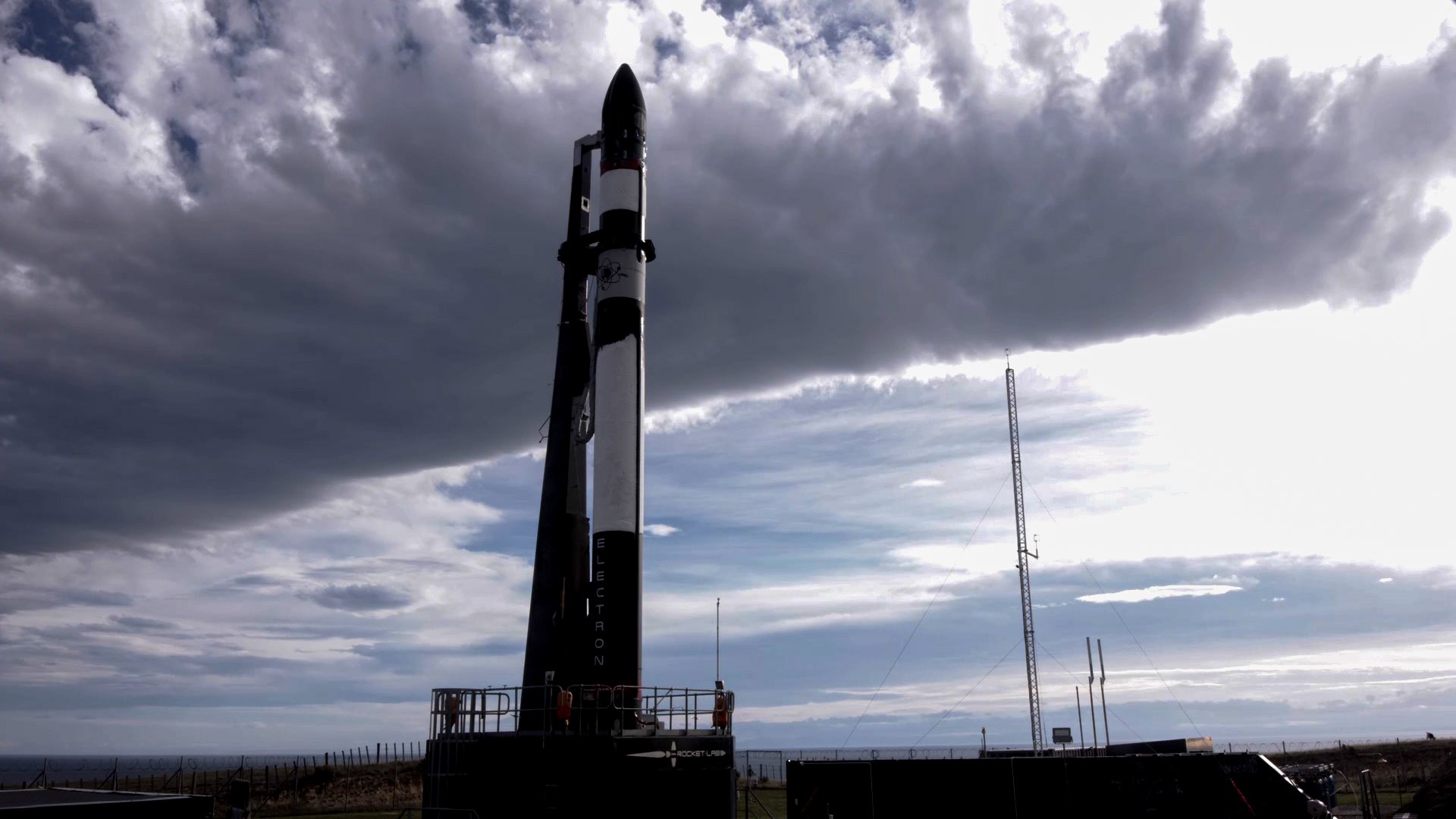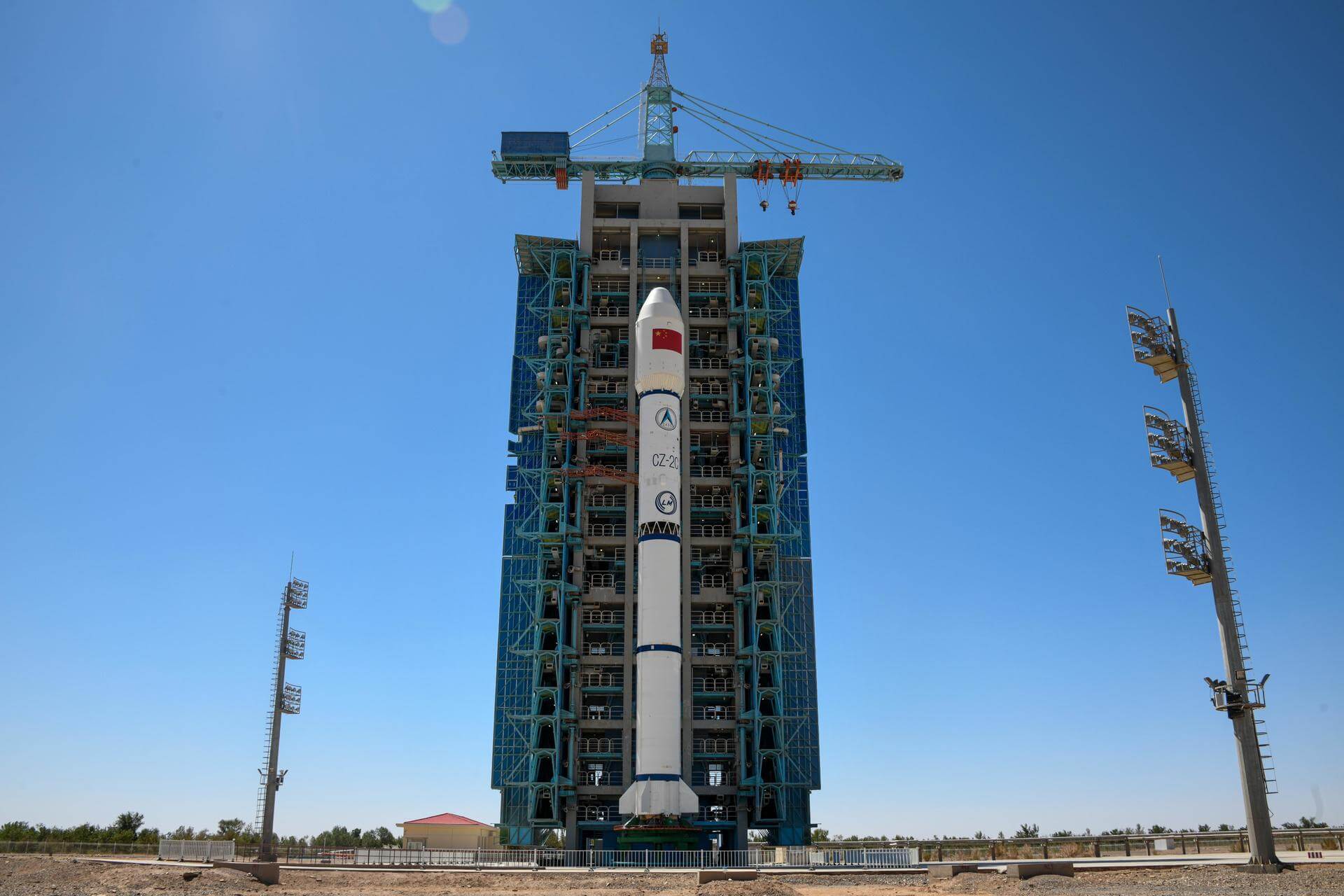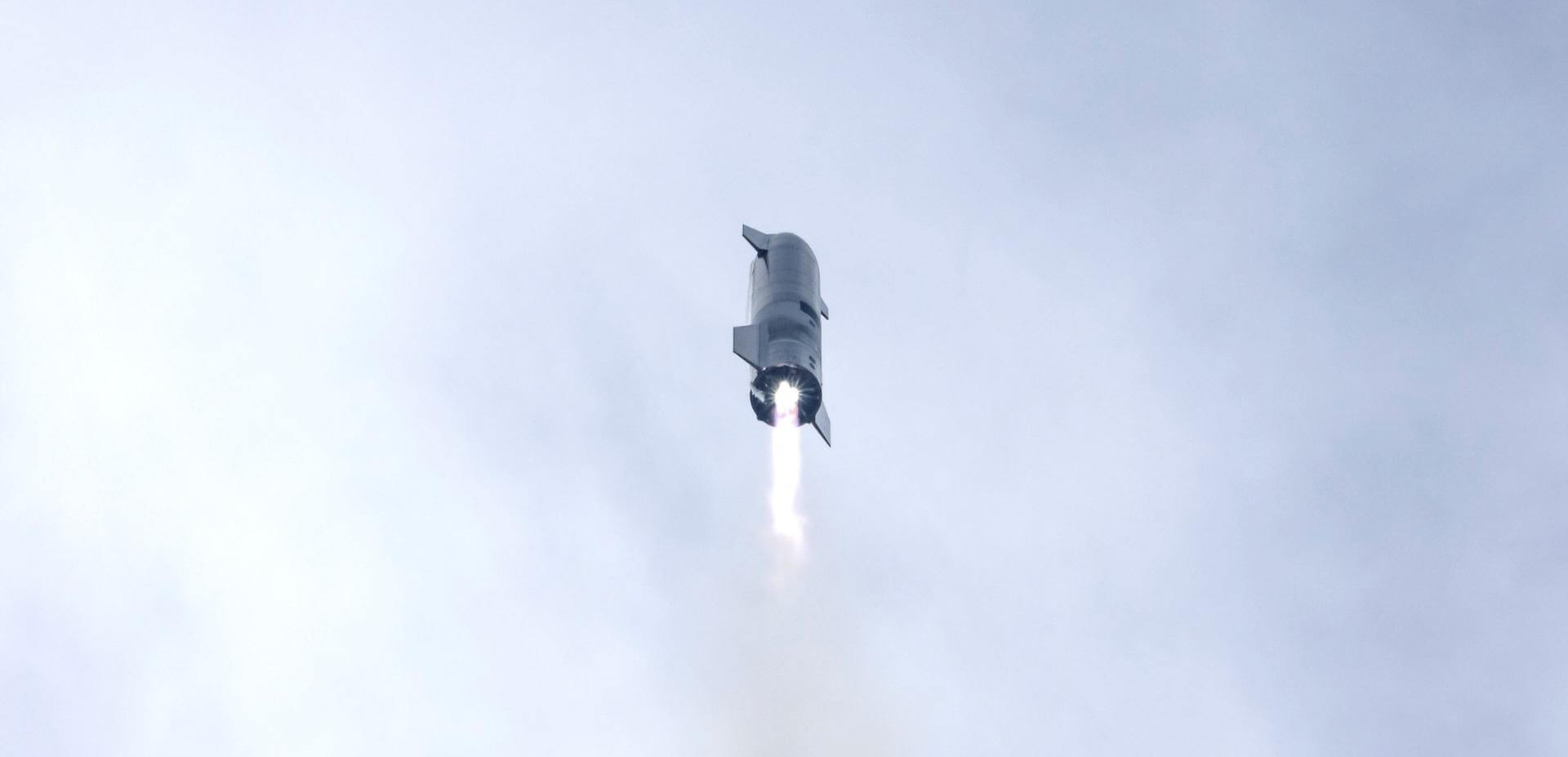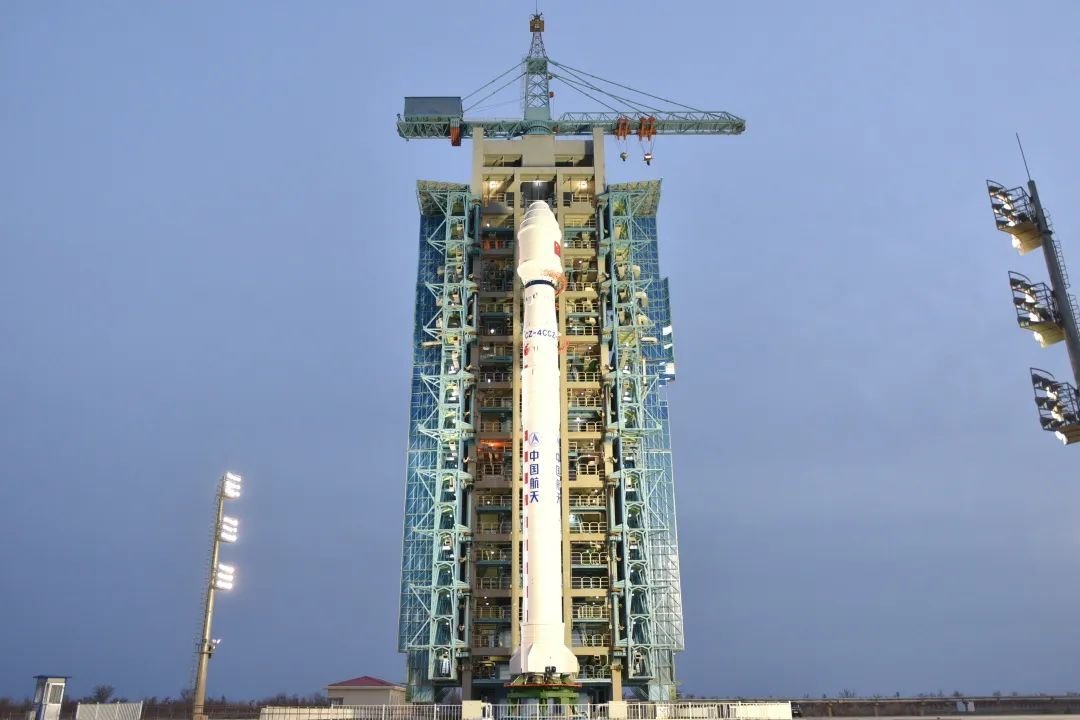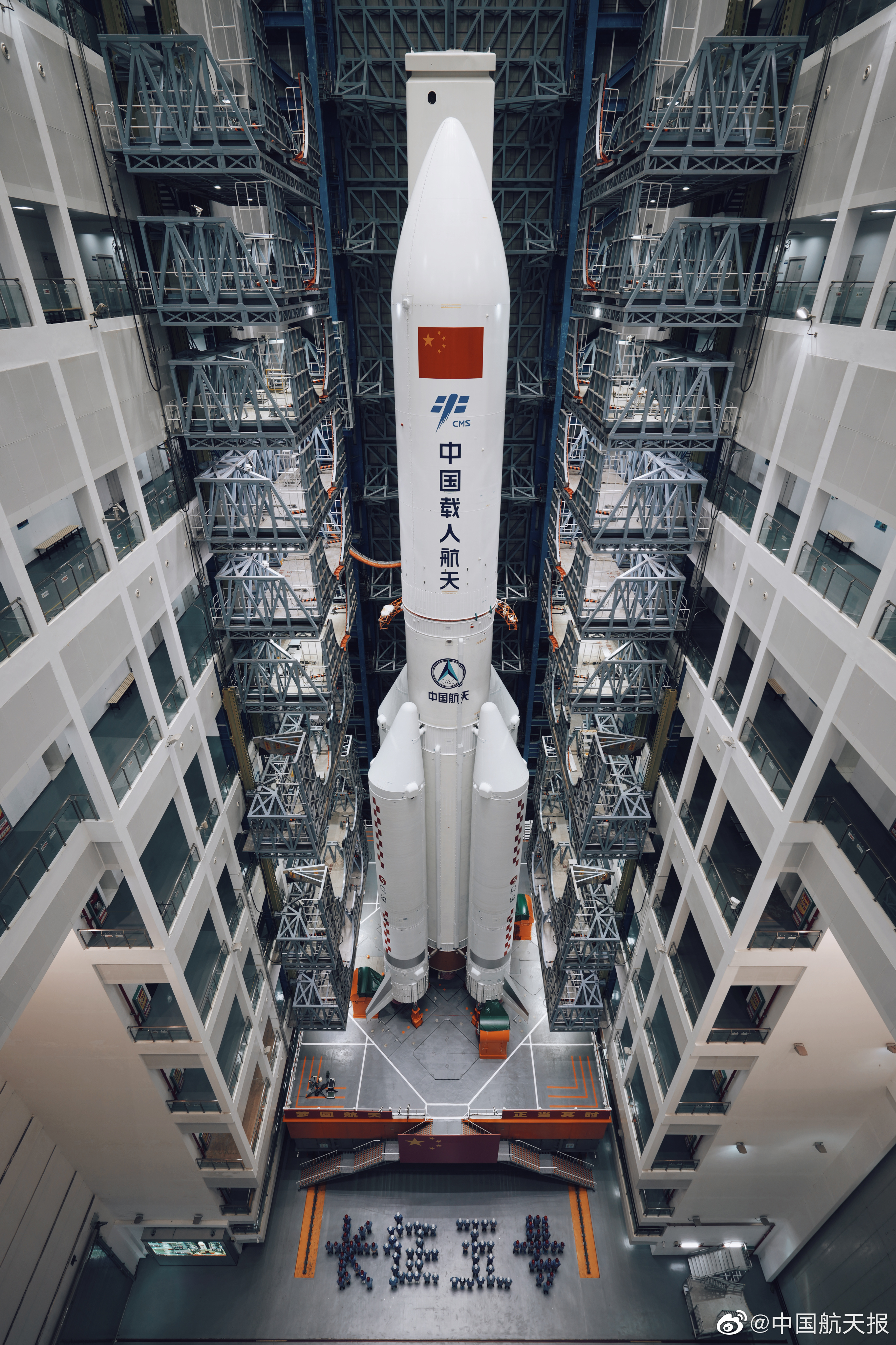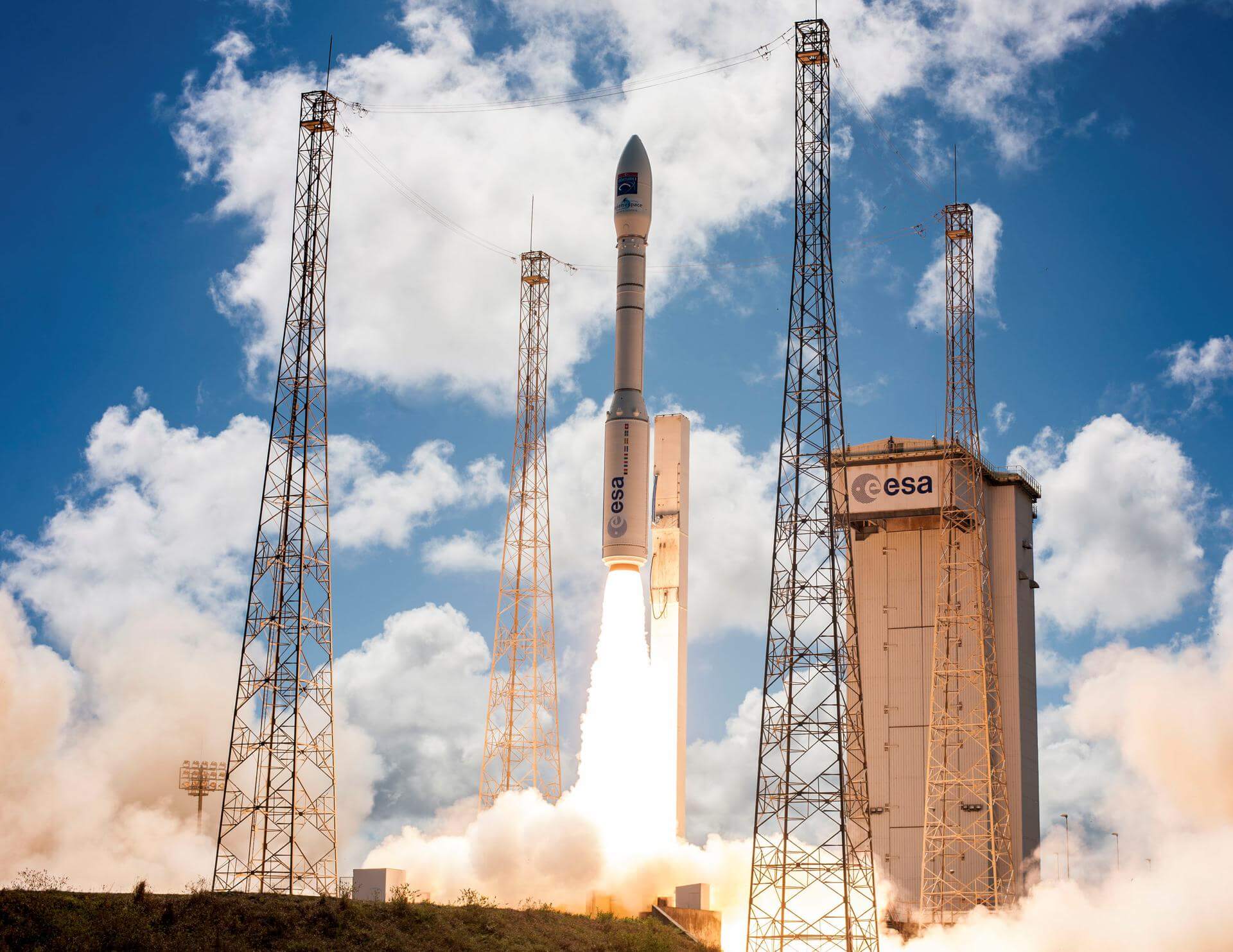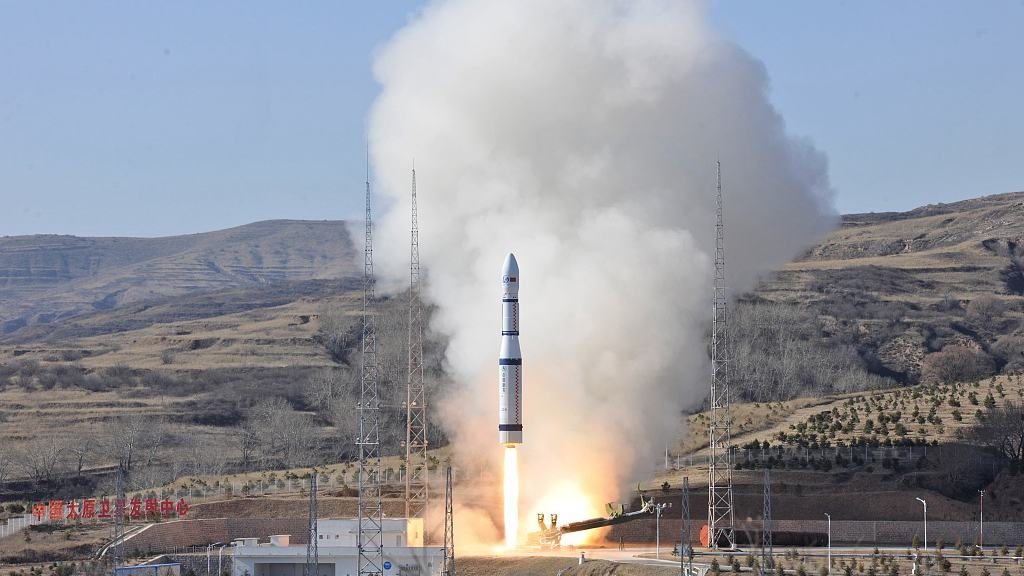Previous Spaceflight Launches
Filter by Agency, Locations or Vehicles
Show All LaunchesElectron | Running Out of Toes (BlackSky 8-9)
Rocket Lab | United States of AmericaRocket Lab Launch Complex 1, Mahia Peninsula, New Zealand
May 15, 2021, 11:11 a.m.
Falcon 9 Block 5 | Starlink 27
SpaceX | United States of AmericaCape Canaveral SFS, FL, USA
May 9, 2021, 6:42 a.m.
Long March 2C | Yaogan-30-08
China Aerospace Science and Technology Corporation | ChinaXichang Satellite Launch Center, People's Republic of China
May 6, 2021, 6:11 p.m.
Starship SN15 | 10 km Flight
SpaceX | United States of AmericaSpaceX Starbase, TX, USA
May 5, 2021, 10:24 p.m.
Status: Launch Successful
Mission:
The SN15 Starship prototype will perform a test flight similar to SN8 to SN11. It will launch up to an altitude of 10 km or 33,000 ft and do a belly flop maneuver followed by a controlled descent to the landing pad.
Suborbital SN15 - Maiden Flight SpaceX Starship Landing PadFalcon 9 Block 5 | Starlink 25
SpaceX | United States of AmericaKennedy Space Center, FL, USA
May 4, 2021, 7:01 p.m.
Long March 4C | Yaogan 34
China Aerospace Science and Technology Corporation | ChinaJiuquan Satellite Launch Center, People's Republic of China
April 30, 2021, 7:27 a.m.
Falcon 9 Block 5 | Starlink 24
SpaceX | United States of AmericaCape Canaveral SFS, FL, USA
April 29, 2021, 3:44 a.m.
Long March 5B | Tianhe
China Aerospace Science and Technology Corporation | ChinaWenchang Space Launch Site, People's Republic of China
April 29, 2021, 3:23 a.m.
Vega | Pléiades Neo 3
Avio S.p.A | ItalyGuiana Space Centre, French Guiana
April 29, 2021, 1:50 a.m.
Status: Launch Successful
Mission:
Pléiades Neo is a constellation of four optical high-resolution Earth observation satellites built and operated by Airbus. It is a dual purpose constellation, serving both civilian and military purposes. Pléiades Neo 3 is the first satellite in the constellation which is to deliver imagery with spatial resolution of 30 cm. It is launched along with several rideshare payloads.
Sun-Synchronous OrbitLong March 6 | Qilu-1, Qilu-4 & others
China Aerospace Science and Technology Corporation | ChinaTaiyuan Satellite Launch Center, People's Republic of China
April 27, 2021, 3:20 a.m.
Status: Launch Successful
Mission:
This launch delivered 9 commercial satellites into low Earth orbit. Qilu-1 and Qilu-4, as well as most other satellites on this mission, are Earth observation spacecraft. One other satellite on this mission is the scientific research and technology verification satellite NEO 1 with the purpose of observing small space bodies, as well as testing the technology to use deployable net for catching small objects in orbit.
Low Earth Orbit